Soldering magnet wire requires finesse and precision to ensure a strong and reliable connection. With its unique characteristics, such as its thin diameter and enamel coating, soldering magnet wire can pose challenges for even experienced technicians. In this article, we will explore essential tips to help you achieve seamless connections when soldering magnet wire. 1. Select the Right Solder: Choosing the appropriate solder is crucial for soldering magnet wire successfully. Lead-based solders are commonly used due to their low melting point and superior electrical conductivity. Aim for a solder with a flux core, as it helps clean the surface of the wire and promotes better adhesion. Consider using eutectic solder, which has a unique composition that ensures a reliable and durable bond. 2. Clean the Magnet Wire: Before soldering, thoroughly clean the magnet wire to remove any dirt, grease, or residue. The enamel coating on the wire may prevent the solder from adhering properly if not cleaned. Gently scrape the enamel coating off with a fine-grit sandpaper or a specialized tool designed for wire stripping. Ensure cleanliness by using isopropyl alcohol or any other suitable cleaning agent to remove any remaining debris.
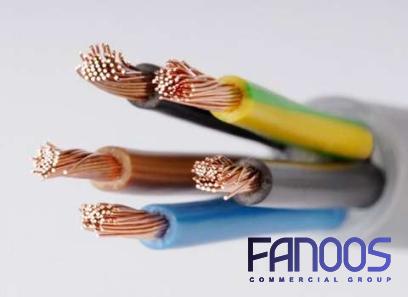
.
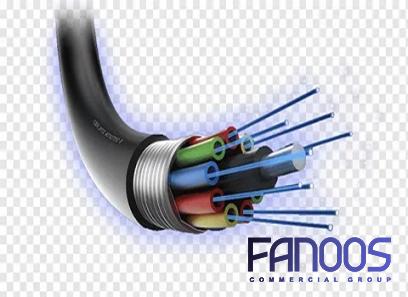 3. Pre-tin the Magnet Wire: Pre-tinning is the process of applying solder to the magnet wire before joining it with another component. It helps to create a consistent and secure bond. When pre-tinning, make sure to heat the wire evenly and touch the solder downstream, allowing it to flow onto the wire. Ensure that a minimal amount of solder is applied to form a thin, even layer. Avoid excessive solder, as it can cause the wire to become stiff and brittle. 4. Use a Suitable Flux: Flux facilitates the soldering process by promoting the flow and adhesion of the solder. Choose flux that is specifically designed for magnet wire soldering. Flux is available in various forms, including paste, liquid, or solder with flux core. Apply a small amount of flux to the pre-tinned wire before joining it to the desired component.
3. Pre-tin the Magnet Wire: Pre-tinning is the process of applying solder to the magnet wire before joining it with another component. It helps to create a consistent and secure bond. When pre-tinning, make sure to heat the wire evenly and touch the solder downstream, allowing it to flow onto the wire. Ensure that a minimal amount of solder is applied to form a thin, even layer. Avoid excessive solder, as it can cause the wire to become stiff and brittle. 4. Use a Suitable Flux: Flux facilitates the soldering process by promoting the flow and adhesion of the solder. Choose flux that is specifically designed for magnet wire soldering. Flux is available in various forms, including paste, liquid, or solder with flux core. Apply a small amount of flux to the pre-tinned wire before joining it to the desired component.
..
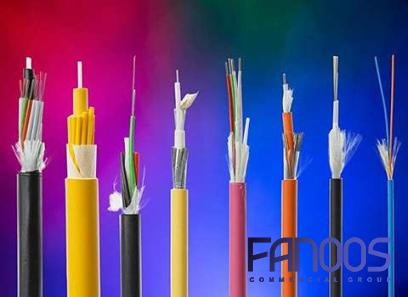 Excessive flux can cause solder bridges or interfere with electrical insulation. 5. Employ Suitable Soldering Techniques: When soldering magnet wire, it is crucial to use appropriate techniques to ensure a strong and stable connection. Keep the soldering iron tip clean and tinned to prevent any contaminants from affecting the solder joint. The soldering iron should have a fine tip to accurately target the wire. Take care not to apply excessive heat for an extended duration, as it can damage the enamel coating and compromise the wire’s integrity. 6. Consider Soldering with Mechanical Support: For particularly delicate applications or situations where significant wire movement may occur, it is advisable to reinforce the solder joint physically.
Excessive flux can cause solder bridges or interfere with electrical insulation. 5. Employ Suitable Soldering Techniques: When soldering magnet wire, it is crucial to use appropriate techniques to ensure a strong and stable connection. Keep the soldering iron tip clean and tinned to prevent any contaminants from affecting the solder joint. The soldering iron should have a fine tip to accurately target the wire. Take care not to apply excessive heat for an extended duration, as it can damage the enamel coating and compromise the wire’s integrity. 6. Consider Soldering with Mechanical Support: For particularly delicate applications or situations where significant wire movement may occur, it is advisable to reinforce the solder joint physically.
…
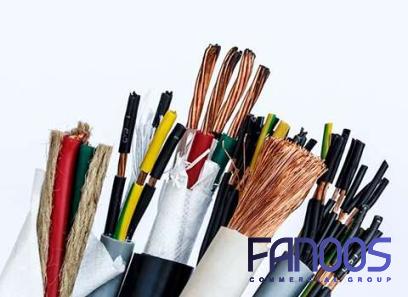 This can be achieved by using additional supports such as adhesive or electrical tape, epoxy, heat shrink tubing, or cable ties. These reinforcements ensure the stability and longevity of the connection, especially when subjected to vibrations or physical stress. Conclusion: Soldering magnet wire requires attention to detail and mastering specific techniques to achieve reliable and long-lasting connections. By selecting the appropriate solder, cleaning the magnet wire thoroughly, pre-tinning, using suitable flux, employing proper soldering techniques, and considering additional mechanical support, you can ensure seamless and robust solder joints. With these tips in mind, you are well-equipped to tackle soldering magnet wire confidently and efficiently.
This can be achieved by using additional supports such as adhesive or electrical tape, epoxy, heat shrink tubing, or cable ties. These reinforcements ensure the stability and longevity of the connection, especially when subjected to vibrations or physical stress. Conclusion: Soldering magnet wire requires attention to detail and mastering specific techniques to achieve reliable and long-lasting connections. By selecting the appropriate solder, cleaning the magnet wire thoroughly, pre-tinning, using suitable flux, employing proper soldering techniques, and considering additional mechanical support, you can ensure seamless and robust solder joints. With these tips in mind, you are well-equipped to tackle soldering magnet wire confidently and efficiently.
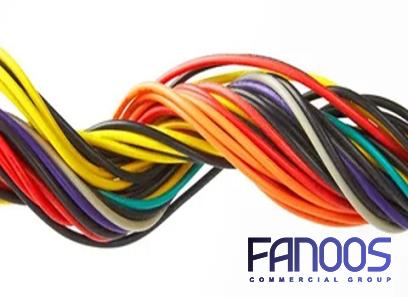
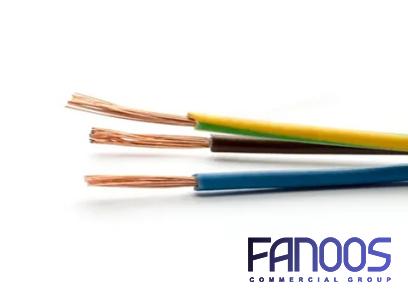
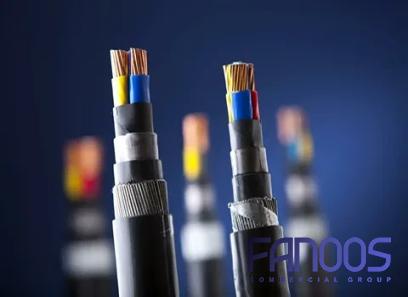
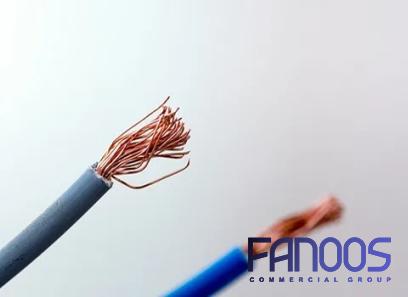
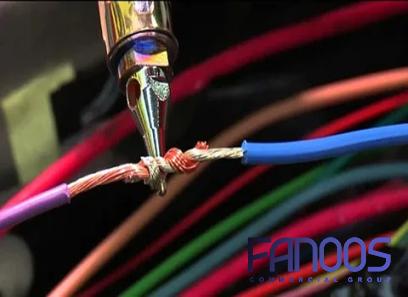
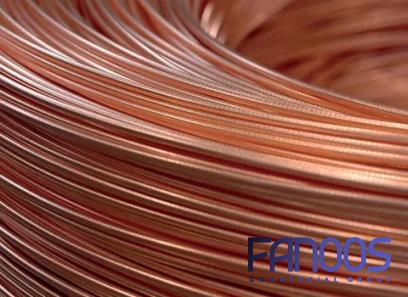
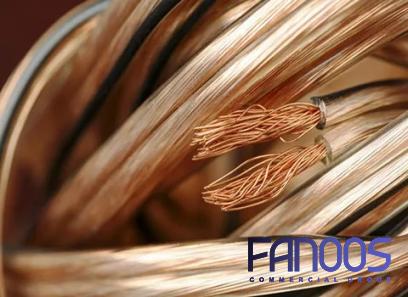
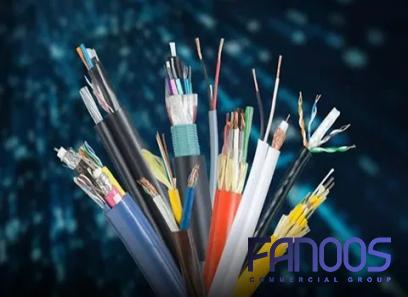
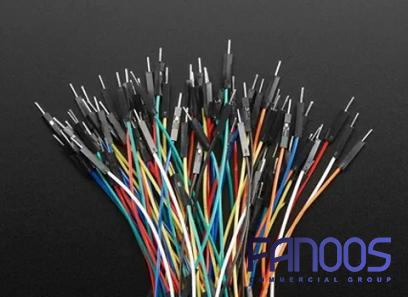
Your comment submitted.